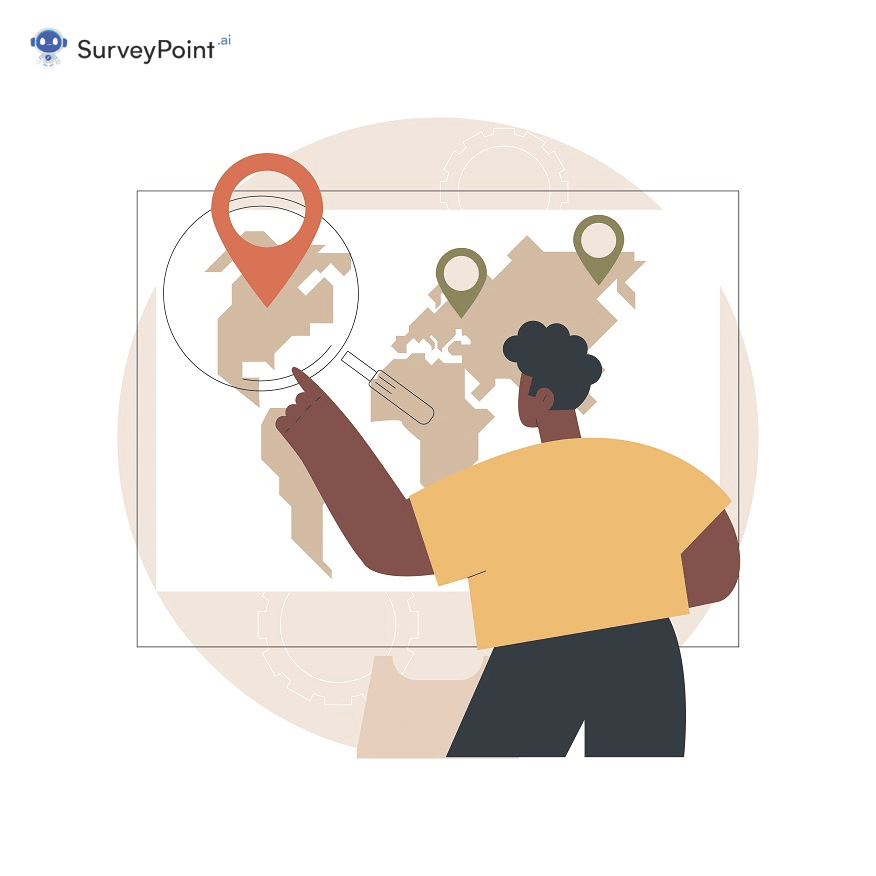
Marketing is not a one-size-fits-all strategy. The change of locations alters the taste of people. In many marketing plans, consumer preferences and interests play a key role. There is a name for this type of influence: psychology. Marketers use geographical segmentation of the audience to focus their efforts.
Marketing strategies based on geographical segmentation can help in group-specific product promotion. Purchasing power is similar among this group of people from the same region.
Not only that but there is a commonality of taste and value throughout these communities. For instance, members of India’s Jain religion refuse to support the leather industry. Whenever possible, they prefer leather-looking synthetic materials. Companies selling fake leather in India will not intentionally offend Jain customers.
By studying population characteristics in-depth, businesses can fine-tune their advertising message. By using this method, a greater number of potential customers can become paying customers.
How Geographic Segmentation Paves the Way of Business?
Geographical segmentation helps optimize business operations. Certain factors, such as the season, climate, and tastes, can affect a business’s sales. The following section discusses the thread further:
Season Based Product Promotions
Australia is the biggest producer of wool in the world. But, most parts of Australia are warm, and the demand for the best quality wool is scanty. To an Australian wool manufacturer— Russia, Canada, and Iceland can be an opportunity. These countries are cold around the year. The manufacturer can extend his supply to these countries for a profitable business.
RELATED: Market Segmentation: Definition, Types, And Real-World Use Cases
Culture-Based Business Optimization
In India, food plays a huge role in the lives of its citizens. The revenue gathered from the food industry in India will be US $963bn in 2023. On top of that, the industry is growing at a pace of 7.23% year-to-year. Food ventures relying on this data have started to open outlets there. From Nestle to McCain, every house is now operating in India.
Several Korean, Japanese, and Mexican restaurants have opened their outlets in the country. They Indianize foreign flavors. These restaurants offer a variety of food that is relatable to people. Geographically-specific business strategies allow the business to compete with local players.
RELATED: Using Psychographic Segmentation To Reach Potential Customers
Preference-Based Marketing
By studying the inclination and preferences of a region, businesses can expand their operations. As an example, China produces a large portion of the world’s silk. But, in China, people mostly wear synthetic clothes.
Hence, it exports 23% of its total produced silk to neighboring India. In India, the majority of the population wears a saree. Several types of sarees need silk as the fabric. During festivals, the demand for silk is massive in India. It is profitable for Chinese business people to supply silk to other countries.
Geographical segmentation has helped businesses to launch new products in underdeveloped regions. For example, one of the burger giants in Western Europe wanted to open its first outlet in Bangladesh. They researched well on what are the food preferences of Bangladeshis. In their research, they focused on geographical segmentation.
The company researched the eating habits of the Northern, Eastern, Western, and Southern parts of Bangladesh. They also modified their burgers to taste like nuns and Rotis. After launching its unique product line in Bangladesh, the company saw massive success. It is because of the geographic segmentation research they did prior.
Examples of How Organizations use Geographical Segmentation
- Geographic segmentation can be used in different scenarios as follows—
- Pool manufacturers generally target warmer and sunnier climates.
- Clothing Retailers adjust their inventory operations based on location, weather, and styles. They consider their immediate action area.
- Restaurant Chains consider local tastes and ingredients to customize their menu.
- Local businesses stock inexpensive materials for their customers. They consider the earning potential of the majority of the customer base.
- Home-Security companies operate the most in areas where the crime rate is high.
- Retail businesses prefer populated areas.
- Healthcare operations may opt for Arabic services in the Middle East and Africa.
How Do You Research Geographical Segmentation?
There are four survey research methods marketers use to conduct geographic segmentation. We mention them in the following section:
Choosing a Random Sample of the Customer Base
In this method, marketers choose a random sample of a business’s customer base. They inform their product preferences. The marketers then filter the information gathered through this method, as per region. Geographic segmentation can be achieved using this method.
Using Conjoint Analysis
Conjoint analysis help to trade-off questions. They filter data as per regional preferences. Such an analysis helps to underline existing regional differences.
Analysing Messaging and Advertising Strategies
The survey method has prospects in different areas. Marketers analyze the preferences of these prospects to welcome additional messages.
Surveying Region-Based Employees
The marketers survey engagement patterns of customers as per region.
Sales Data
Marketers consider the rising and falling of sales data to identify sales as per regions. Using the data, they can help businesses pick up specific areas.
Website Data
Marketers analyze website traffic coming from different regions. Based on it, they further modify region-based marketing strategy.
Mobile Data
By using app-based location services, marketers clearly see a region’s sales.
Social Media
Social media can give marketers insights regarding a company’s zip-code reach. Zip-code reach helps marketers to analyze a company’s customer base.
Additional Data
Third-party technologies and agencies can help to execute a geographic segmentation strategy. Google and Twitter often enable businesses to target audiences in a specific location.
RELATED: 6 Common Potential Traps in Market Research
To Wrap it Up
Geographical targeting as a marketing technique helps enterprises maintain a competitive edge. It aids companies in narrowing in on their ideal clientele.
Geographical segmentation might save you time and effort when sending out marketing and advertising messages. These steps are for people who know the value of a focused neighborhood perspective.
Learn to work smarter, not harder!
Explore our solutions that help researchers collect accurate insights, boost ROI, and retain respondents.
Free Trial • No Payment Details Required • Cancel Anytime




